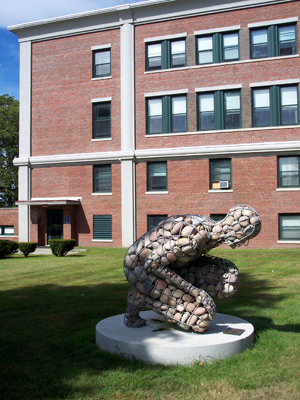Introduction
In the Northeastern-most state of the United States, Maine, a university with a unique history operates two campuses: one in Biddeford and the other in Portland. The history of the University of New England can be traced back to the end of the Depression era, when two leaders in local Maine churches decided to create a high school and junior college facility for male students. They called this institution the College Seraphique. In the 1950s, the school board members opted to change the institution’s name to something more traditional and called it St. Francis College after the Franciscan friars. Gradually, the high school element of the school was eliminated and women were allowed to attend.
The school faced trouble in the 1970s when enrollment in many Maine colleges dropped sharply. To compensate, the school merged with the New England College of Osteopathic Medicine and changed its name to the University of New England. Years later, another college, Westbrook College, closed its doors and merged its staff with the University of New England. Westbrook College’s campus became the second campus of the University of New England in Portland, Maine.
With recent donations, the school has expanded once again by building a large athletic and fitness center on its main campus. The new sporting arena will contain a basketball court, a fitness center, classrooms for fitness courses, practice courts for multiple athletic purposes, and an indoor ice hockey rink.


